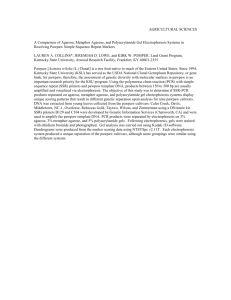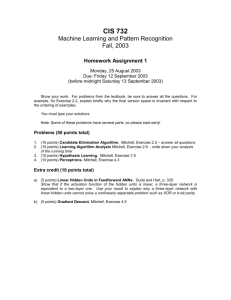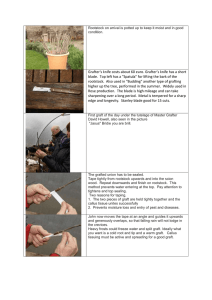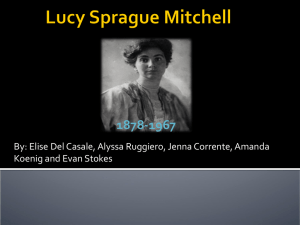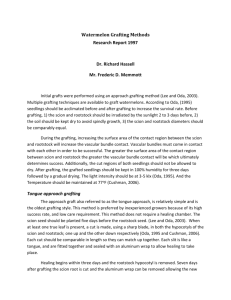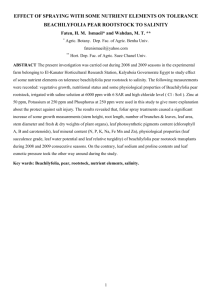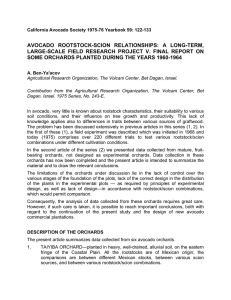Using Simple Sequence Repeat Markers to Distinguish Scion and
advertisement
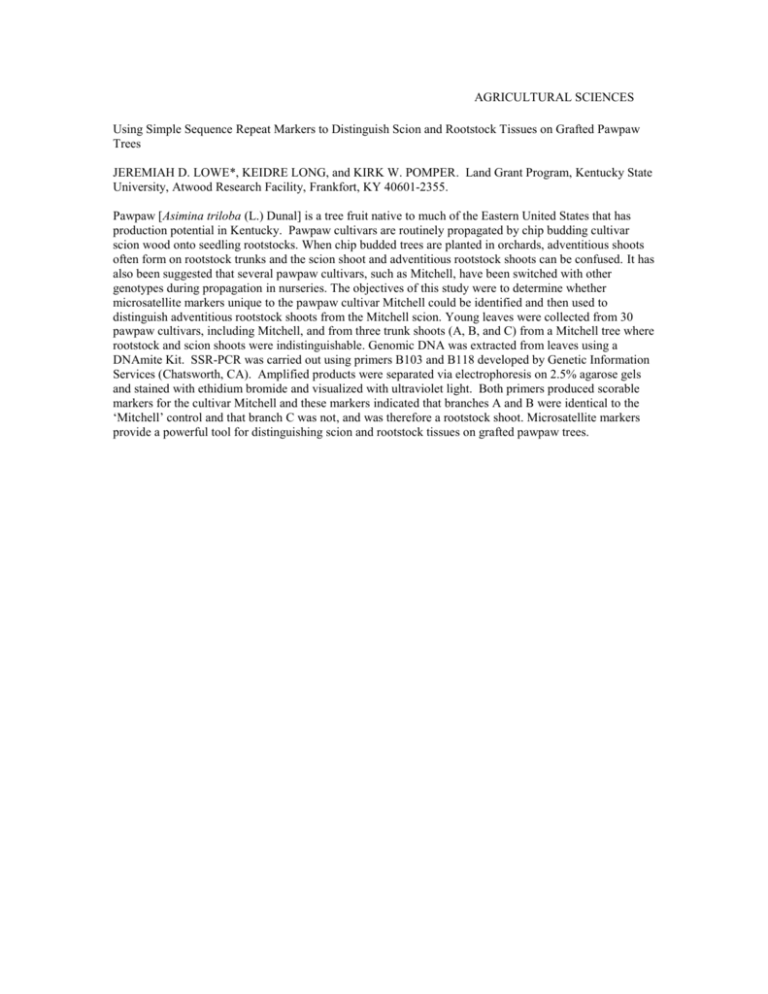
AGRICULTURAL SCIENCES Using Simple Sequence Repeat Markers to Distinguish Scion and Rootstock Tissues on Grafted Pawpaw Trees JEREMIAH D. LOWE*, KEIDRE LONG, and KIRK W. POMPER. Land Grant Program, Kentucky State University, Atwood Research Facility, Frankfort, KY 40601-2355. Pawpaw [Asimina triloba (L.) Dunal] is a tree fruit native to much of the Eastern United States that has production potential in Kentucky. Pawpaw cultivars are routinely propagated by chip budding cultivar scion wood onto seedling rootstocks. When chip budded trees are planted in orchards, adventitious shoots often form on rootstock trunks and the scion shoot and adventitious rootstock shoots can be confused. It has also been suggested that several pawpaw cultivars, such as Mitchell, have been switched with other genotypes during propagation in nurseries. The objectives of this study were to determine whether microsatellite markers unique to the pawpaw cultivar Mitchell could be identified and then used to distinguish adventitious rootstock shoots from the Mitchell scion. Young leaves were collected from 30 pawpaw cultivars, including Mitchell, and from three trunk shoots (A, B, and C) from a Mitchell tree where rootstock and scion shoots were indistinguishable. Genomic DNA was extracted from leaves using a DNAmite Kit. SSR-PCR was carried out using primers B103 and B118 developed by Genetic Information Services (Chatsworth, CA). Amplified products were separated via electrophoresis on 2.5% agarose gels and stained with ethidium bromide and visualized with ultraviolet light. Both primers produced scorable markers for the cultivar Mitchell and these markers indicated that branches A and B were identical to the ‘Mitchell’ control and that branch C was not, and was therefore a rootstock shoot. Microsatellite markers provide a powerful tool for distinguishing scion and rootstock tissues on grafted pawpaw trees.
